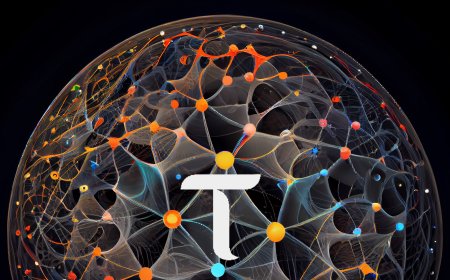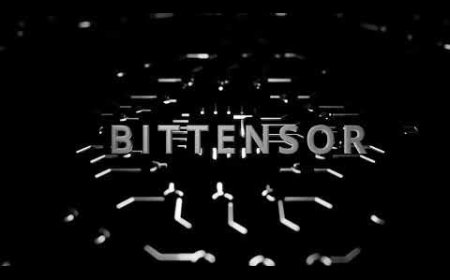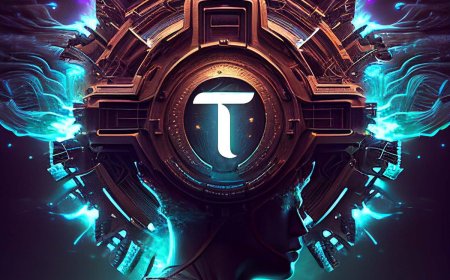Balancing Innovation and Stability: The Subnet Owner Dilemma in Bittensor's Dynamic TAO
The launch of Bittensor's Dynamic TAO testnet has sparked intense debate within the community about the role and incentives for subnet owners. As the project moves towards a more decentralized and market-driven model, finding the right balance between rewarding innovation and maintaining network stability has emerged as a critical challenge.
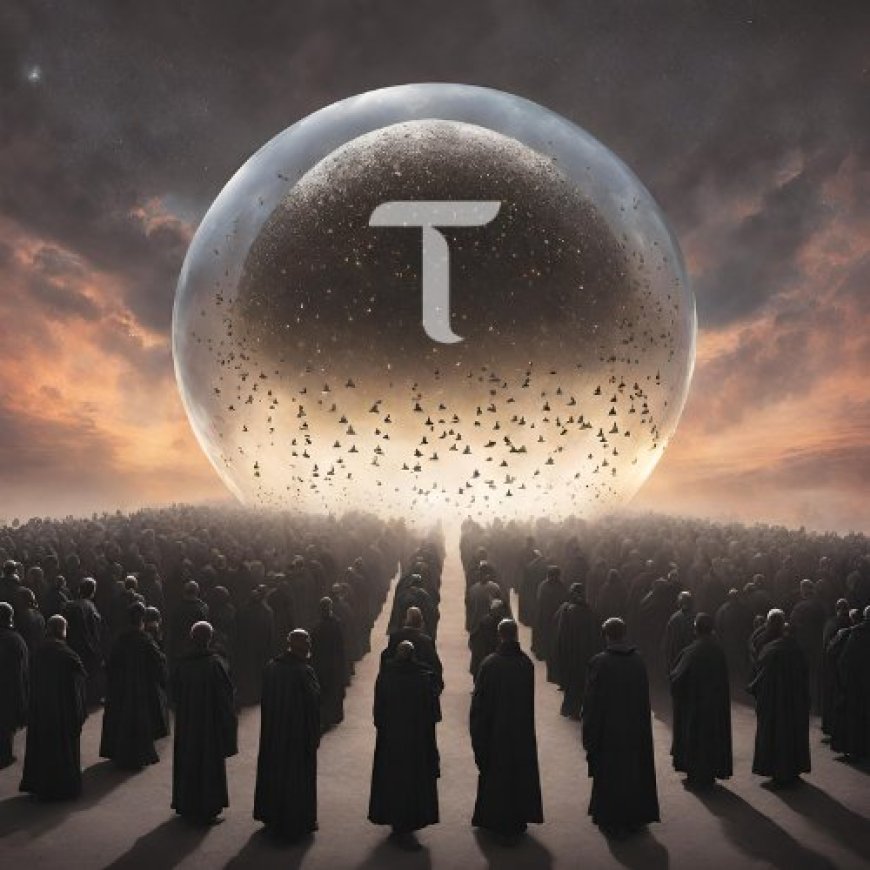
The Subnet Owner's Dilemma
At the heart of the debate is the question of how to properly incentivize subnet creators and maintainers. The current testnet implementation includes an 18% allocation of subnet tokens for the owner, but this approach has both supporters and critics within the community.
Arguments in favor of the 18% allocation:
- Provides consistent funding for ongoing development
- Rewards early innovation and risk-taking
- Aligns the interests of subnet creators with the long-term success of their subnet
Arguments against the 18% allocation:
- Potential for centralization of power and resources
- Risk of creating a "rentier" class within the ecosystem
- May discourage community-driven development and contributions
Alternative Models Under Consideration
As the community grapples with this challenge, several alternative models have been proposed:
- Initial Token Distribution: Instead of an ongoing 18% allocation, subnet creators could receive a large initial distribution of tokens. This approach would provide immediate skin in the game while avoiding perpetual rewards. Pros:
- Aligns creator interests with long-term token value
- Avoids ongoing centralization concerns
Cons:
- May lead to early dumping if not properly structured
- Doesn't provide consistent funding for ongoing development
- Decaying Allocation: The subnet creator's allocation could start at 18% but gradually decrease over time. This model aims to balance initial incentives with long-term decentralization. Pros:
- Provides strong initial incentives
- Encourages creators to transition to a more community-driven model
Cons:
- Complexity in implementation and communication
- May still lead to centralization in the early stages
- Community-Governed Treasury: Instead of direct allocation to creators, subnet tokens could be directed to a community-governed treasury. Subnet teams could then apply for funding based on their contributions and plans. Pros:
- Promotes decentralized decision-making
- Allows for flexible allocation of resources
Cons:
- Potential for governance challenges and voter apathy
- May not provide the certainty needed for long-term planning
- Hybrid Mining and Development Model: Some community members have suggested that subnet creators should be encouraged to participate in both development and mining/validating activities. Pros:
- Aligns creators with both short-term operations and long-term value
- Encourages deep understanding of the entire ecosystem
Cons:
- May spread resources too thin
- Potential conflicts of interest between roles
The Venture Capital Perspective
The debate has also attracted attention from the venture capital community. JJ, a VC participating in the discussion, highlighted several key points:
- The importance of reliable funding for early-stage innovation
- The potential for excessive speculation in a fully open market
- The need for clear value creation and capture mechanisms
JJ emphasized that while traditional VC funding models may not be ideal for decentralized projects, some level of predictable resource allocation is crucial for attracting and retaining talent.
Balancing Act: Innovation vs. Stability
The core challenge in designing subnet owner incentives is striking the right balance between fostering innovation and maintaining network stability. Too much emphasis on rewarding creators could lead to centralization and reduce community involvement. Conversely, insufficient incentives might discourage skilled developers from contributing their time and resources to subnet development.
Key considerations in this balancing act include:
- Time Horizon: How to align short-term development needs with long-term ecosystem health
- Risk and Reward: Properly compensating subnet creators for the risks they take in developing new technologies
- Community Engagement: Ensuring that the broader community remains invested and involved in subnet development
- Flexibility: Creating a system that can adapt to changing market conditions and technological advancements
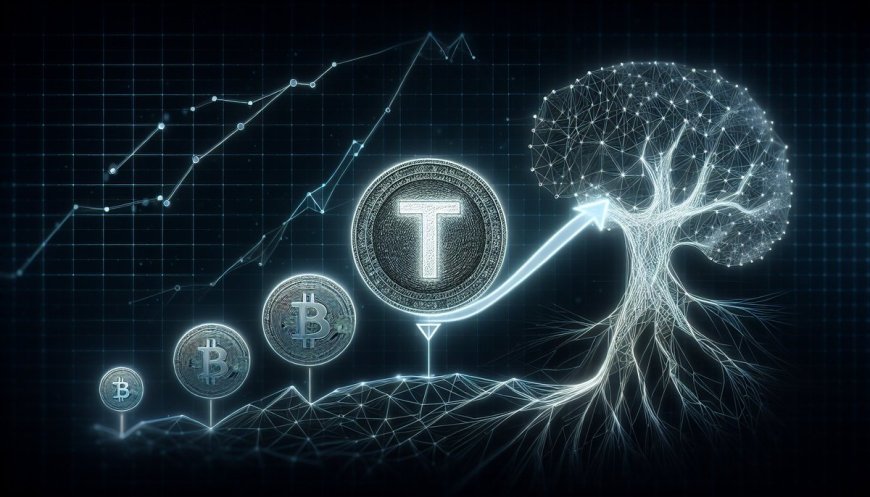
The Role of Governance
As the Bittensor ecosystem evolves, governance mechanisms will play a crucial role in addressing the subnet owner dilemma. Some proposed governance features include:
- Token-Weighted Voting: Allowing TAO holders to have a say in subnet direction and resource allocation
- Delegation: Enabling users to delegate their voting power to trusted entities or experts
- Proposal Systems: Implementing formal processes for suggesting and approving changes to subnet parameters
- Futarchy: Exploring prediction market-based governance models to guide decision-making
Learning from Other Ecosystems
The Bittensor community is also looking to other decentralized projects for inspiration and lessons learned. Examples include:
- Ethereum's EIP Process: A formalized system for proposing and implementing protocol upgrades
- Polkadot's Parachain Model: A competitive system for allocating network resources to different projects
- Compound's Governor Alpha: An on-chain governance system with time-locked execution of approved proposals
By studying these and other examples, Bittensor aims to develop a governance model that can effectively manage subnet owner incentives while promoting decentralization and community involvement.
The Path Forward
As Bittensor moves closer to implementing Dynamic TAO on the mainnet, the resolution of the subnet owner dilemma will be crucial. The team has committed to further testnets and community discussions to refine the model based on feedback and real-world data.
Some potential next steps include:
- Conducting economic simulations to model different incentive structures
- Implementing experimental governance mechanisms in future testnets
- Developing clear guidelines and best practices for subnet creation and maintenance
- Exploring hybrid models that combine elements of different proposed solutions
Conclusion
The subnet owner dilemma in Bittensor's Dynamic TAO system highlights the complex challenges involved in designing tokenomics for decentralized AI networks. While there is no easy solution, the active engagement of the community in this debate is a positive sign for the project's future.
As Bittensor continues to evolve, finding the right balance between rewarding innovation and maintaining decentralization will be critical to its success. The ongoing discussions and experiments around subnet ownership are not just about solving an immediate problem, but about shaping the future of decentralized AI development.
By carefully considering the various perspectives and proposed solutions, Bittensor has the opportunity to create a truly innovative and sustainable model for incentivizing contributions to decentralized AI. As the project moves forward, the resolution of the subnet owner dilemma will likely serve as a blueprint for other decentralized networks grappling with similar challenges.
Source : @Opentensor Foundation

